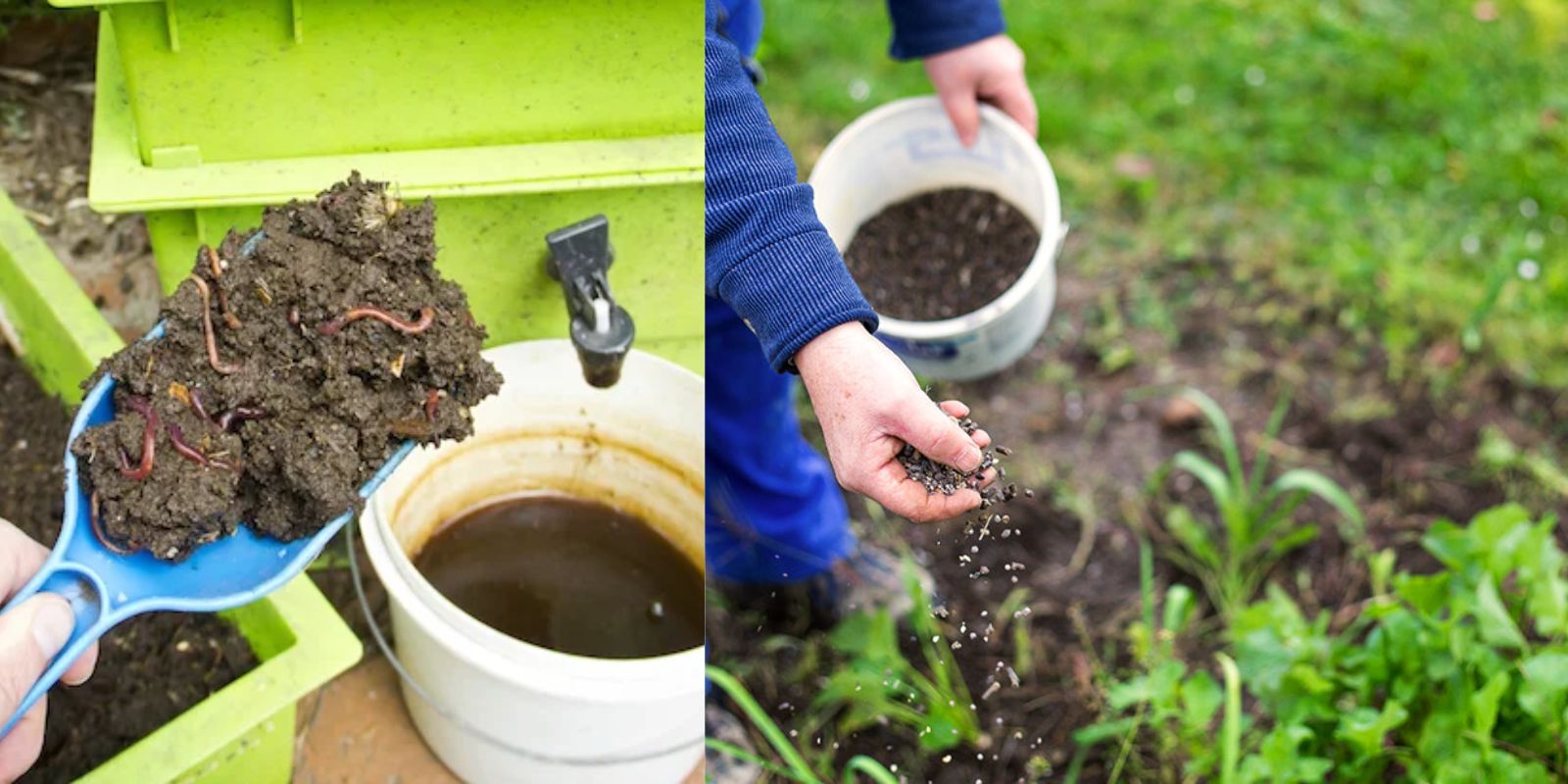Introduction
If you’re looking to elevate your gardening game and make your outdoor space the envy of the neighborhood, using a natural fertilizer could be the secret ingredient you need. This eco-friendly approach not only nurtures your plants with essential nutrients but also boosts their growth and overall health. What’s more, it’s incredibly easy to create using common kitchen scraps. In this article, we’ll explore how you can make a powerful natural fertilizer at home, the benefits it offers, and how it can transform your garden into a lush, vibrant oasis.
The Benefits of Natural Fertilizers
Natural fertilizers offer a range of benefits compared to chemical alternatives. They enrich the soil with organic matter, improve soil structure, and promote a healthy ecosystem in your garden. Additionally, they are environmentally friendly, reducing the risk of chemical runoff and pollution.
Key Benefits:
- Improved Soil Health: Organic matter enhances soil structure, promotes beneficial microbial activity, and improves water retention.
- Sustainable Gardening: Natural fertilizers reduce reliance on synthetic chemicals, supporting a more eco-friendly garden.
- Enhanced Plant Growth: Plants receive a balanced mix of nutrients, leading to more robust growth and vibrant blooms.
Ingredients for Your Natural Fertilizer
Creating a natural fertilizer is simple and cost-effective, using ingredients you likely already have at home. Here’s what you’ll need:
- Coffee Grounds: Rich in nitrogen, coffee grounds help improve soil structure and encourage healthy root growth.
- Eggshells: A great source of calcium, eggshells strengthen plant cell walls and prevent blossom-end rot.
- Banana Peels: Packed with potassium and phosphorus, banana peels promote flowering and fruiting.
Step-by-Step Guide to Making Your Natural Fertilizer
Follow these steps to create a natural fertilizer that will boost your garden’s health and impress your neighbors:
1. Collect Ingredients
Start by gathering your kitchen scraps. Coffee grounds, eggshells, and banana peels are all excellent choices. Collect these items over a few days or weeks to have enough for your fertilizer mix.
Tip: Save coffee grounds in a container, rinse and dry eggshells, and chop banana peels into smaller pieces for easier blending.
2. Prepare the Mix
Once you have collected your ingredients, it’s time to prepare the mixture. Here’s how to do it:
- Coffee Grounds: Place used coffee grounds in a blender or food processor and grind them into a fine powder.
- Eggshells: Crush the eggshells into small pieces or grind them into a powder using a blender.
- Banana Peels: Chop the banana peels into small pieces and blend them with a bit of water to create a slurry.
Combine all the ingredients in a large bowl or container. Mix thoroughly to ensure an even distribution of nutrients.
3. Let It Compost
For best results, let your fertilizer mix compost for a few weeks. This process allows the ingredients to break down and become more readily available to plants. Store the mixture in a compost bin or a covered container, stirring occasionally to speed up decomposition.
Tip: If you don’t have the time to compost, you can use the mixture directly, though composting will enhance its effectiveness.
4. Apply the Fertilizer
Once the composting process is complete, it’s time to apply the fertilizer to your garden. Here’s how to do it:
- Sprinkle Around Plants: Spread the fertilizer evenly around the base of your plants, taking care not to pile it against the stems.
- Mix into Soil: Gently work the fertilizer into the top layer of soil to ensure it gets absorbed.
- Water Well: After applying the fertilizer, water the plants thoroughly. This helps the nutrients penetrate the soil and reach the roots.
Tip: Use the fertilizer every 4-6 weeks during the growing season for optimal results.
Additional Tips for Effective Use
To maximize the benefits of your natural fertilizer, consider these additional tips:
- Monitor Plant Health: Keep an eye on your plants for signs of improvement or any issues. Adjust the amount of fertilizer used based on plant response.
- Rotate Ingredients: Experiment with other kitchen scraps like vegetable peels, tea leaves, and fish scraps to vary the nutrient content of your fertilizer.
- Avoid Over-Fertilizing: Too much fertilizer can harm plants and soil. Follow recommended application rates and adjust based on plant needs.
Conclusion
Creating and using a natural fertilizer from kitchen scraps is an easy, cost-effective way to enhance your garden’s health and beauty. By harnessing the power of everyday ingredients like coffee grounds, eggshells, and banana peels, you can provide your plants with essential nutrients that promote vigorous growth and vibrant blooms. Not only will your garden thrive, but you’ll also impress your neighbors with your eco-friendly gardening practices.
Call to Action:
Have you tried using a natural fertilizer in your garden? Share your results and any additional tips you have in the comments below! Let’s inspire each other to create beautiful, thriving gardens with simple, sustainable solutions. 🌿🌸

